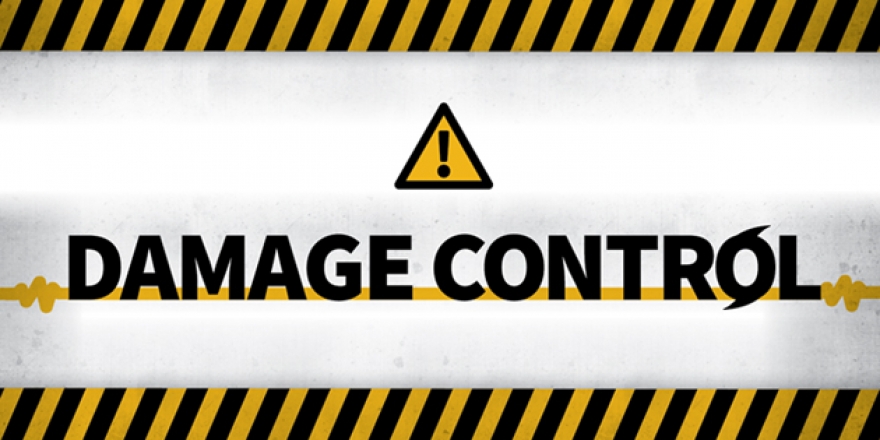Damage Control
Pepperdine Magazine is the feature magazine for Pepperdine University and its growing community of alumni, students, faculty, staff, and friends.
In the wake of harrowing natural disasters that have devastated communities across the country and around the world, School of Public Policy alumnus Kevin McGowan (MPP ’10), assistant director of Ventura County Sheriff’s Office of Emergency Services, offers tips to help us navigate through potential dangers and the fallout.
“Regardless of where we live, work, or visit, a hazard that has the potential to cause a disaster is ever present,” McGowan warns. “The list of hazards we face is long and can be overwhelming, but if you take action and prepare, you will increase your resilience when the next disaster strikes.”
Preparedness action for all hazards:
1. Make a Kit (for your home, car, and workplace)
- Water: one gallon per person per day (three-to-five-day supply)
- Nonperishable foods (three-to-five-day supply)
- Prescriptions (two-week supply)
- AM/FM radio (battery and hand crank-powered)
- Flashlight
- Mobile phone charger • First aid kit
- Dust mask
- Duct tape
- Multipurpose tool
- Local/regional maps
- Comfort items (items helpful in making life easier: coffee, board games, hand warmers, etc.)
2. Develop a Plan
- Determine a notification process for family and friends. Text messaging is usually the most effective method. Identify one out-of-town contact that can serve as a relay point.
- Make additional copies of contact information
- Determine in-town and out- of-town meeting locations
- Develop both shelter and evacuation plans
3. Stay Informed
- Research the most common hazards in your area
- Sign up for your local emergency notification system, like Ventura County’s VCALERT (vcalert.org)
- Download mobile applications for disaster preparedness, such as Ventura County’s Ready VC
4. Seek Training
- Attend your local Community Emergency Response Team program
- Visit FEMA’s Emergency Management Institute for free online training (training.fema.gov)
5. Get Involved
- Serve as a volunteer at any of the following organizations active in disaster preparedness,
response, and recovery:
- American Red Cross
- Amateur Radio/Auxiliary Communications Services
- FEMA Reservists
- Medical Reserve Corps
- Salvation Army
- Southern Baptist Convention • Team Rubicon
- United Way
Top 10 most destructive hazards:
- Earthquake
- Flood
- Hurricane
- Landslide
- Pandemic
- Severe weather
- Terrorist attack
- Tornado
- Tsunami
- Wildfire
